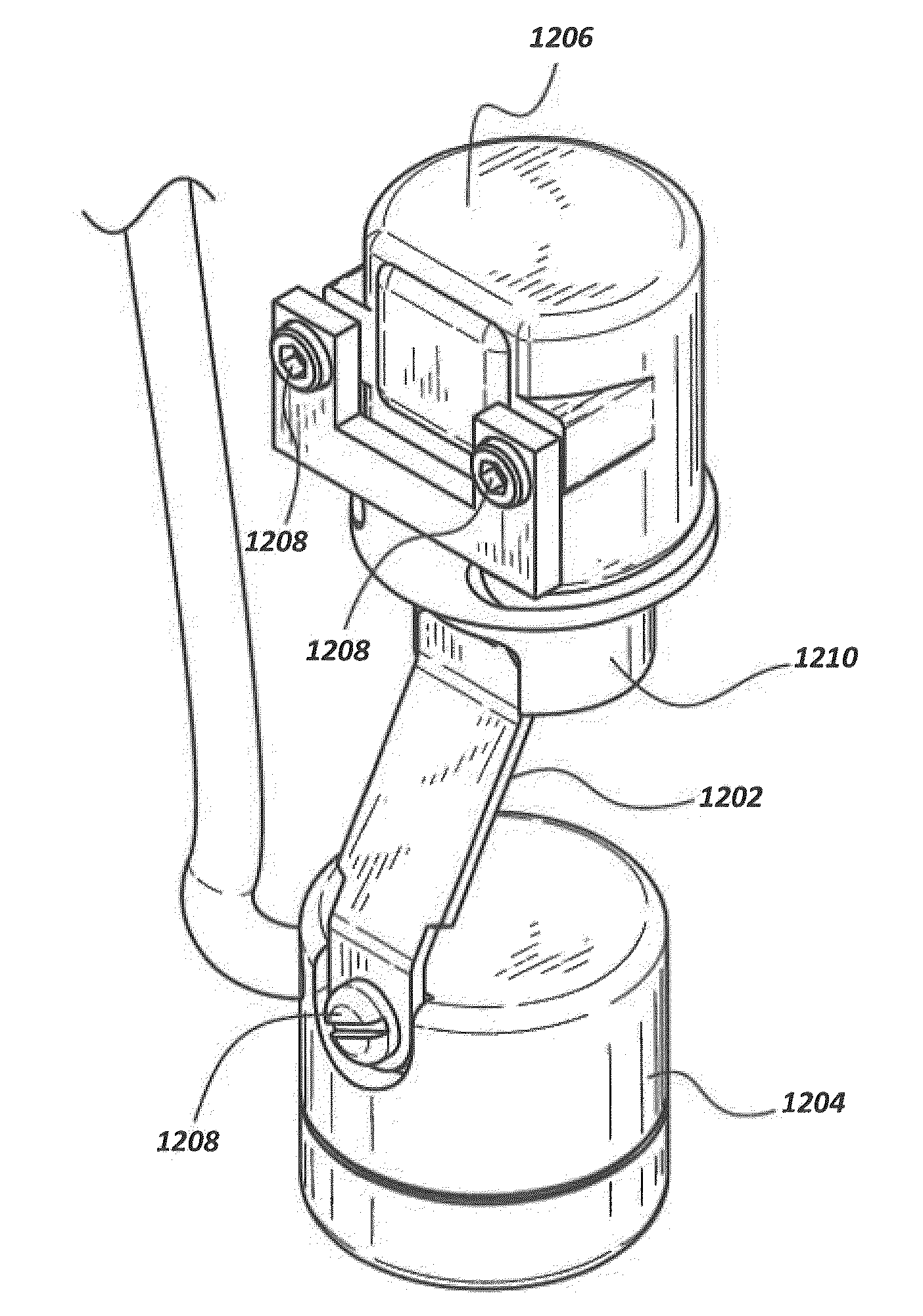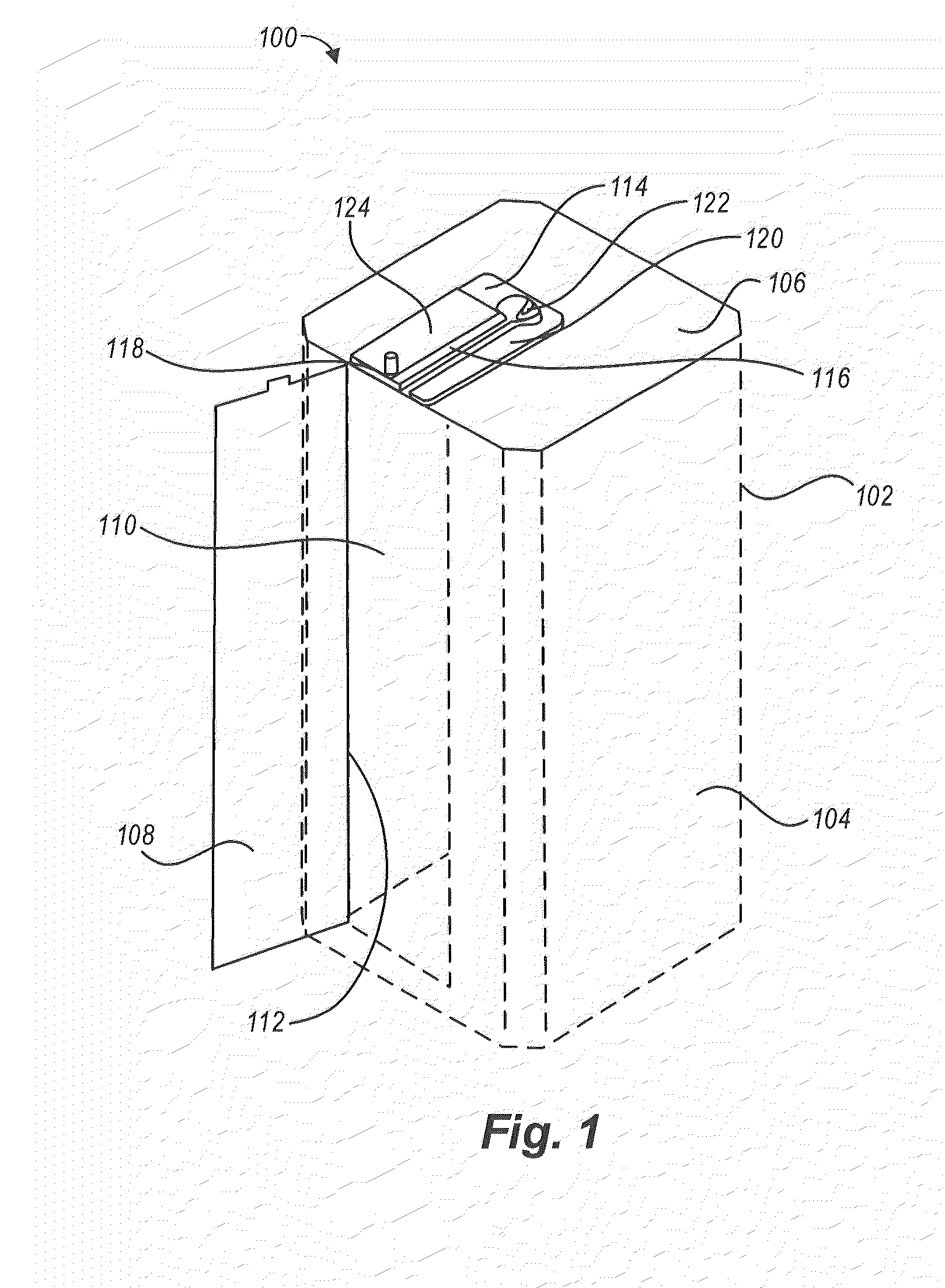Methods, systems, and devices for high-level disinfection
a high-level disinfection and disinfection technology, applied in the field of high-level disinfection, can solve the problems of accelerating potential damage or degradation, polymer heat generation, etc., and achieve the effects of rapid high-level disinfection of contaminated articles, rapid disinfection cycle, and improved productivity and complian
- Summary
- Abstract
- Description
- Claims
- Application Information
AI Technical Summary
Benefits of technology
Problems solved by technology
Method used
Image
Examples
Embodiment Construction
[0037]Devices, systems, and methods for the disinfection of contaminated articles are disclosed herein. The devices, methods, and systems provided are well-suited to the disinfection of medical devices, such as, for example, medical devices classified by the CDC as critical or semi-critical items. Articles processed using the technology described herein may or may not be connected or tethered to another device, system, or component. For example, in the context of a medical device, the technology described herein is suited to the disinfection of ultrasound probes. Currently, many ultrasound probes are tethered to a central processing unit, a display, etc. by one or more cables that provide, for example, power or data communication capabilities to the probe. However, a wireless ultrasound probe need not be tethered to a device, system, or component. The devices, systems, and methods described herein are suited to and can be adapted to accommodate tethered (e.g., wired) devices and unt...
PUM
 Login to View More
Login to View More Abstract
Description
Claims
Application Information
 Login to View More
Login to View More - R&D
- Intellectual Property
- Life Sciences
- Materials
- Tech Scout
- Unparalleled Data Quality
- Higher Quality Content
- 60% Fewer Hallucinations
Browse by: Latest US Patents, China's latest patents, Technical Efficacy Thesaurus, Application Domain, Technology Topic, Popular Technical Reports.
© 2025 PatSnap. All rights reserved.Legal|Privacy policy|Modern Slavery Act Transparency Statement|Sitemap|About US| Contact US: help@patsnap.com



